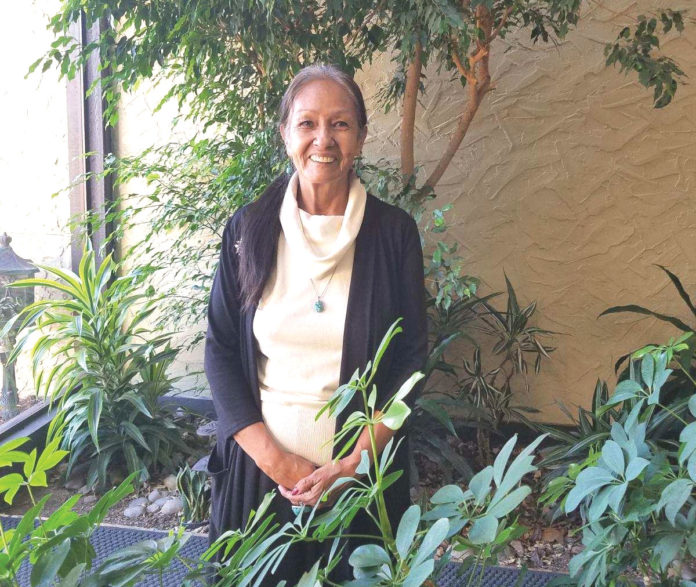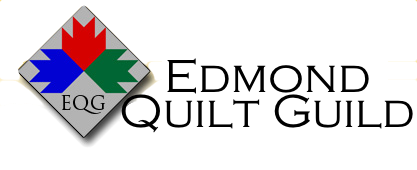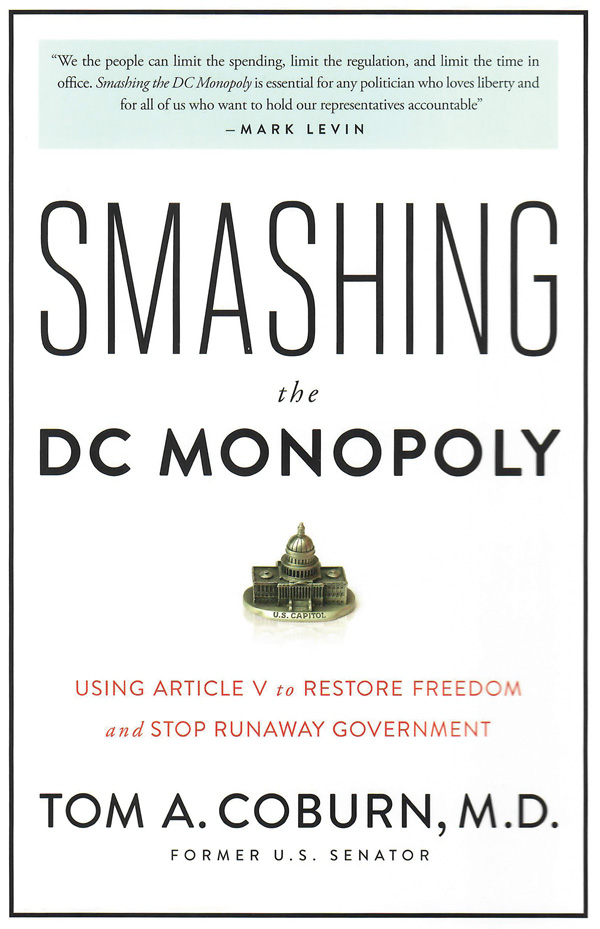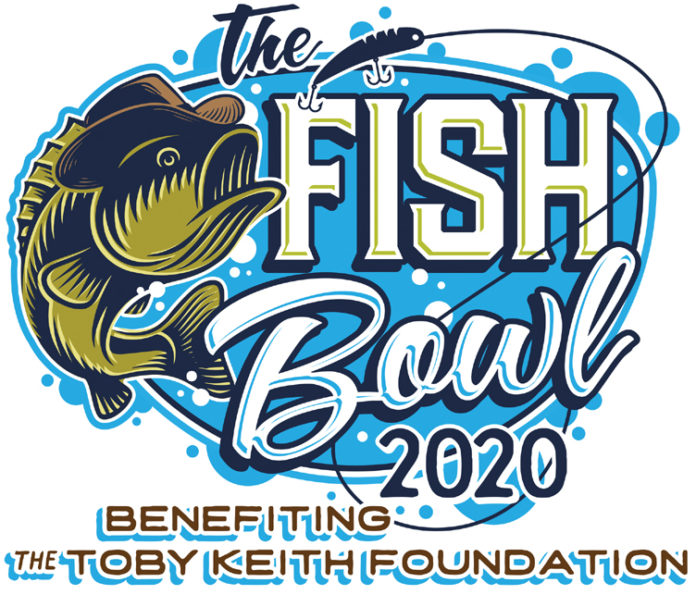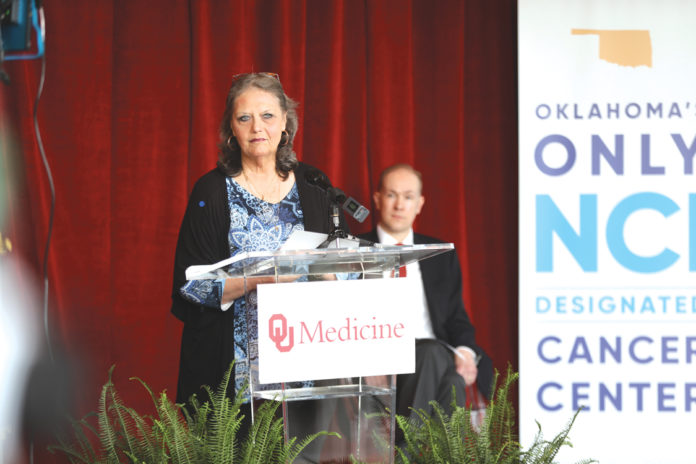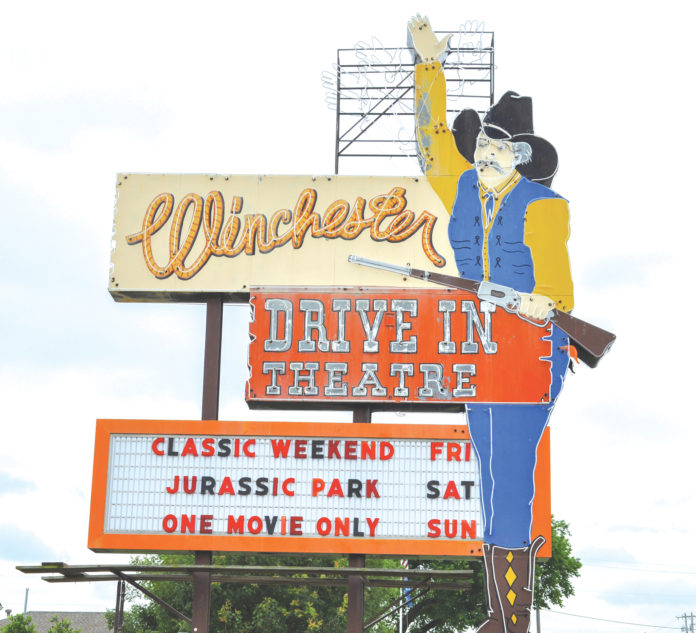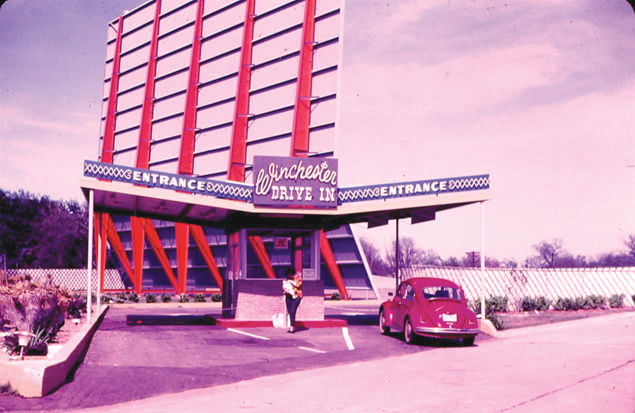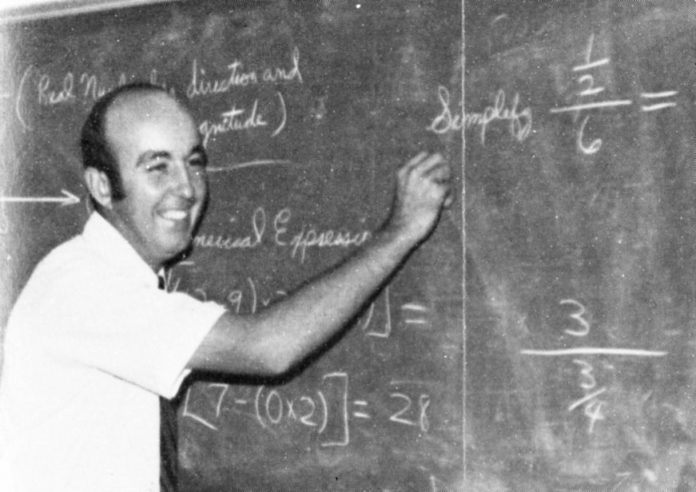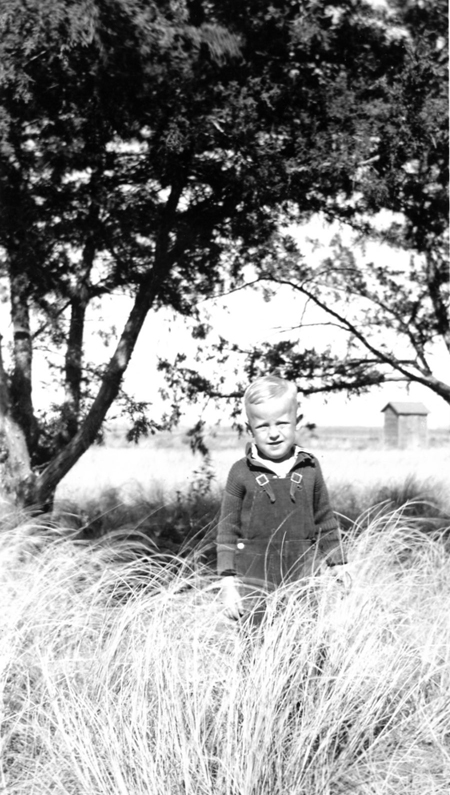Incoming college freshmen, fresh people, first years, plebes or whatever name you give yourselves, let me say I’m as nervous as you are.
But for entirely different reasons.
You anguish over the possibility that your first semester, perhaps your first year, of college will be conducted virtually due to the ongoing COVID-19 crisis. Rather than hanging out in dorm rooms, meeting new friends and walking with those friends to lecture halls filled with fellow students, you’ll be forced to sit, alone, in your childhood bedrooms, watching professors drone on about American literature, African history and God knows what from God knows where.
Not exactly the college experience you were hoping for, correct? Raise your hand if you want to pledge a virtual sorority and attend an online keg party?
While some schools are determined to open this fall — so far, it’s full speed ahead for the University of Iowa — other schools are wavering. California State University, the nation’s largest four-year, public university system, announced all 23 of its campuses would remain empty for the start of the 2020 term.
On a more alarming note, Harvard Medical School has made the same decision. This fall first year students in its medical, dental and graduate programs will be learning the basics of their crafts virtually. Which is precisely why I’m so nervous.
Wouldn’t you be? Knowing your future heart surgeon, orthopedist or endodontist may have acquired his or her, uh, skills, via Zoom?
As I write this column, I hearken back to my first year at Northwestern University, where I learned the rudimentary skills of journalism, including how to correctly use words like “hearken” and “rudimentary.” The adrenaline rush I felt as a class full of budding journalists pounded out story after story in hopes our work would be finished before our professor yelled, “TIME!” provided a taste of the deadline pressures I faced daily in my first newspaper job. When my editor screamed, “Schwem, I needed that copy five minutes ago,” from across the newsroom, I knew he was serious.
Were that same editor to scream at me from a small window on a computer screen, I probably would have clicked “mute” and kept writing, oblivious to time constraints.
Now imagine undergoing an operation and seeing not a team of medical personnel, but a lone physician staring down at you.
While trying to connect to a Zoom meeting.
I hope the anesthesia kicks in quickly, so I don’t have to hear the following dialogue:
“Hello everybody. Dr. Linden here. We are set to perform bypass surgery on male patient Schwem. I’m excited to be working with all of you. I just realized we all went to Harvard. How cool! Is everybody on? Nurse O’Malley?”
“I’m here.”
“Nurse, turn your phone horizontally so you get a wider view of the patient’s heart. There you go. Is the surgical tech on?”
“I’m here. Hang on, let me shut my office door so my dog doesn’t interrupt.”
“Please hurry. We’ve already started the anesthesia. Maybe I should have initiated the meeting first. My bad.”
“Doctor, can you move closer to your computer’s microphone? I didn’t hear the last part of that sentence.”
“I said, ‘My bad.’”
“What? What’s bad.”
“Never mind. OK, I’m going to make the first incision. Can everybody see?”
“You need to screen share, Doctor.”
“Stand by. Better?”
“Much.”
“Doctor, I’m looking at the monitor behind you. It appears the patient’s heart rhythm is falling.”
“No, I just checked. It’s fine. Maybe you need to adjust your screen resolution.”
“Stand by.”
“Doctor, from what I’m seeing, it seems the patient is losing a large amount of blood.”
“I concur. But I’ve got it under control. We all learned about blood transfusions at Harvard, right? Well, we learned it virtually but at least we learned it.”
“Virtual blood transfusions. Awesome class!”
“Oh no, I’ve lost him.”
“Who? The patient?”
“No, the surgical tech. Can you ping him and get him to dial back in?”
“Stand by.”
(Greg Schwem is a corporate stand-up comedian and author of two books: “Text Me If You’re Breathing: Observations, Frustrations and Life Lessons From a Low-Tech Dad” and the recently released “The Road To Success Goes Through the Salad Bar: A Pile of BS From a Corporate Comedian,” available at Amazon.com. Visit Greg on the web at www.gregschwem.com.)
You’ve enjoyed reading, and laughing at, Greg Schwem’s monthly humor columns in Senior Living News. But did you know Greg is also a nationally touring stand-up comedian? And he loves to make audiences laugh about the joys, and frustrations, of growing older. Watch the clip and, if you’d like Greg to perform at your senior center or senior event, contact him through his website at www.gregschwem.com)




